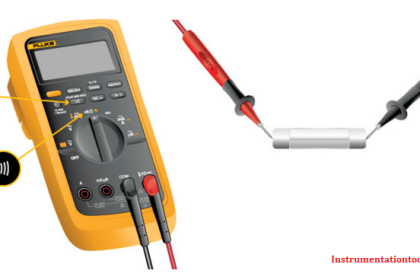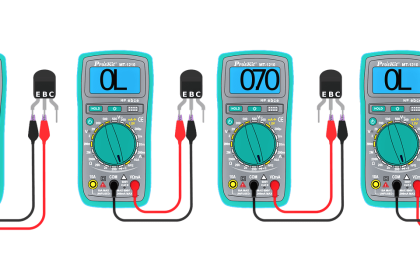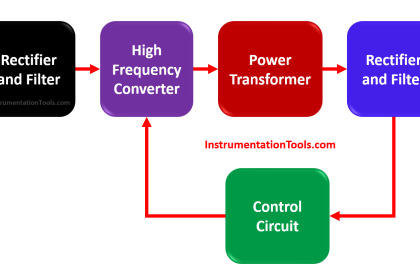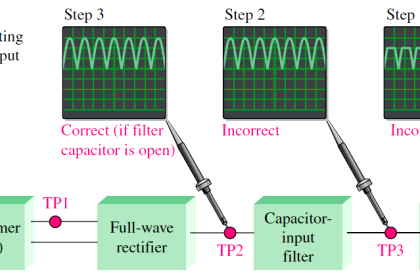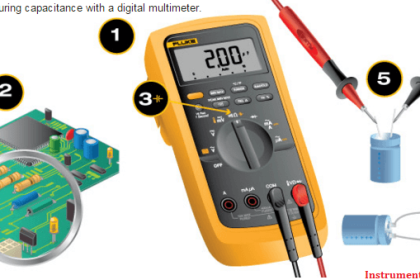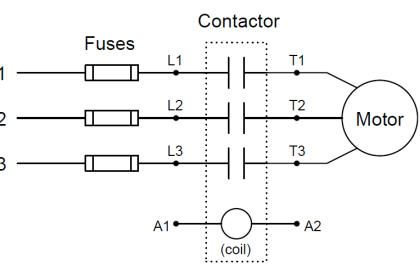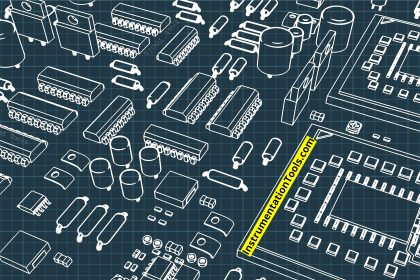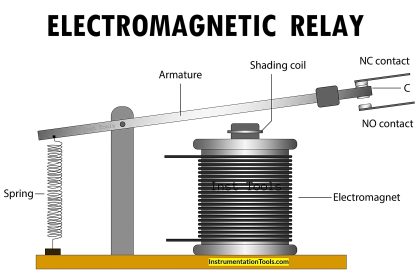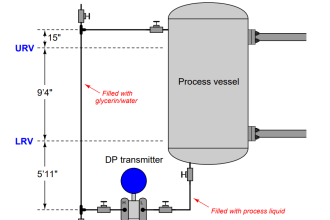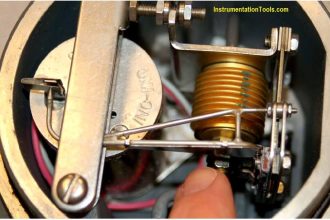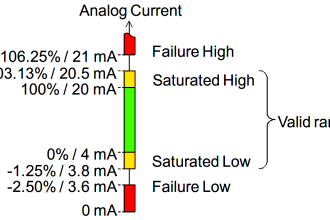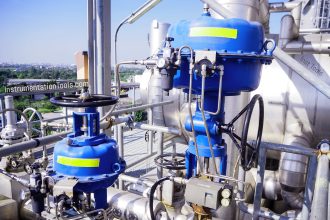We know that electromagnetism is a very important part of electrical engineering. Electromagnetism as the name implies has two terms associated with it – electrical field and magnetic field.
Apart from these, there is one more term that is associated with electromagnetism. It is called inductance. Inductance is mostly associated with a coil. As inductance is an important link, it is necessary to understand the factors affecting it.
In this post, we will learn the factors affecting inductance.
What is Inductance?
So, we know that when an electric current flows through a conductor, a magnetic field is produced around it. The magnetic field is also produced naturally around a magnet. So, the magnetic field is generated either through the flow of electric current through a conductor or naturally around a magnet.
As the current varies, the intensity of the magnetic field varies. When the current flows, the magnetic field is thus following it. Due to the magnetic field, an emf is always induced in the conductor. In this case, the conductor here we are referring to is a coil.
So, whenever the current rises or decreases, due to induced emf, the amount of current flowing through the coil remains the same. This property of the coil to limit the current flow by resisting it is called inductance.
Inductance is the tendency of an electrical conductor to oppose a change in the electric current flowing through it. L is used to represent the inductance, and Henry is the SI unit of inductance. 1 Henry is defined as the amount of inductance required to produce an emf of 1 volt in a conductor when the current change in the conductor is at the rate of 1 Ampere per second.
In this way, it can be understood that the coil has an inductance to allow only the designated amount of current to flow through it. So, it can also be defined as the ratio of induced emf to the rate of change of current. One thing to remember is that inductance is generated only in AC current, and not DC current.
Factors Affecting Inductance
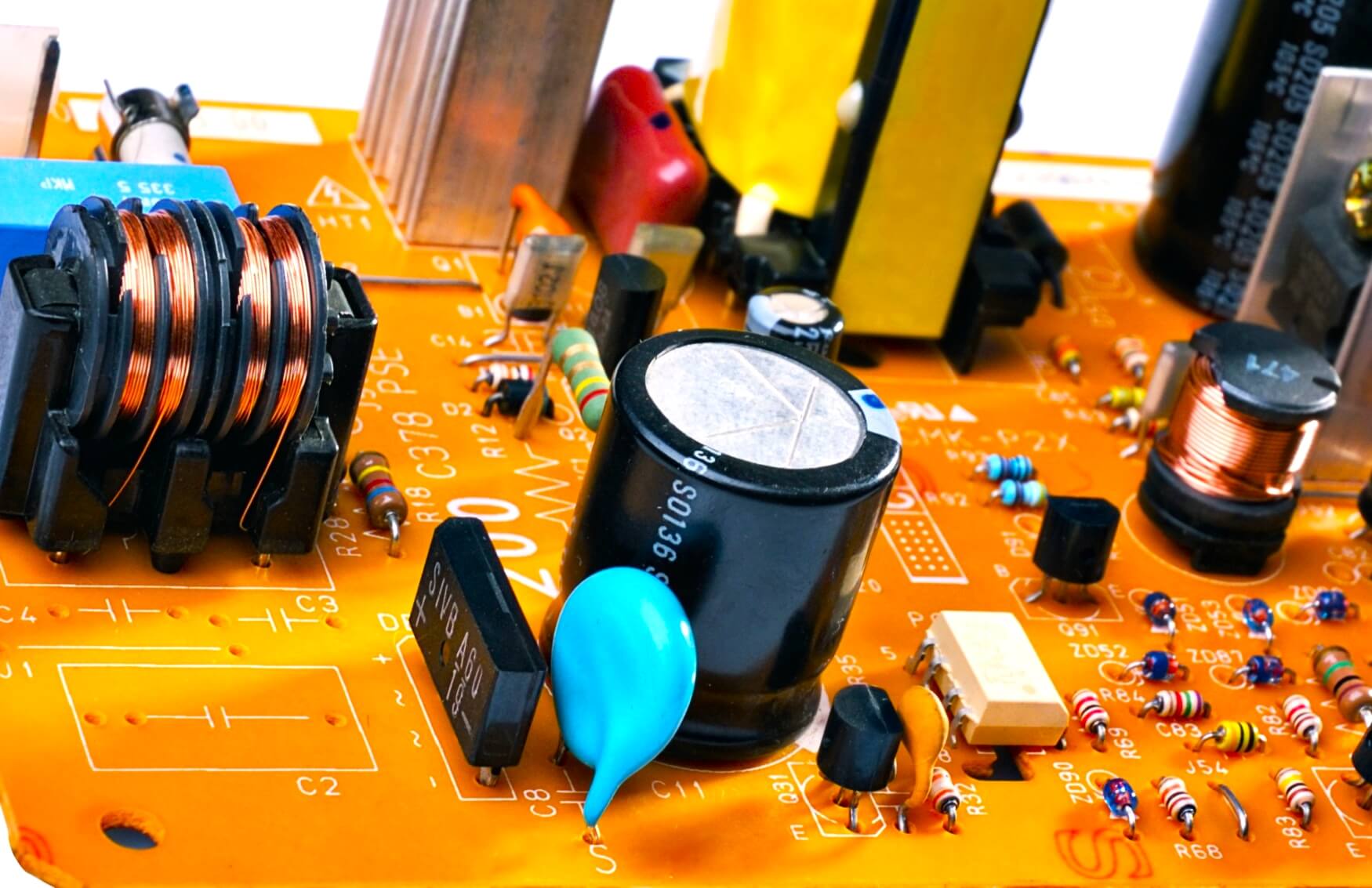
Let us now understand the factors affecting an inductance through a coil, as it will help us design the circuit properly.
Number of turns in the coil
According to Faraday’s law of electromagnetic induction, when a conductor cuts a magnetic field or flux line, an emf is induced in it.
Also, as discussed earlier, the inductance is directly proportional to the rate of change of current flowing through it. In this way, if we know that the coil has turns in it and the current is flowing through that only, that means a larger area is available to induce emf.
This means that a coil with a higher number of turns has more value of inductance in it. More turns of wire mean that the coil will generate a greater amount of magnetic field force (measured in amp-turns!), for a given amount of coil current.
Core Material
One factor with this point to understand first is the relative permeability. A coil is normally wound around a core material, like iron. Like conductance is related to the electric field, in that sense, permeability is related to the magnetic field.
Let me explain this with a simple example. You have two materials – iron and wood. As you know, iron is conducting and wood is non-conducting. When you place a magnet near iron, it will attract to it and when you place it near wood, it would not.
A magnet has a magnetic field around it. When a material has the ability to allow the magnetic flux to pass through it and cause attraction towards the magnet, then it is called permeability. It is a measure of the material to allow the formation of magnetic lines within its range. Permeability is more in an iron core material.
So, when the coil is mounted or wound around an iron core material, then more emf is induced in the coil, resulting in high inductance. So, the core material is also an important factor affecting inductance.
Coil Area
It is similar to the number of turns concept. Greater the area, the greater the inductance in it.
Coil Length
A longer path for the magnetic field flux to take results in more opposition to the formation of that flux for any given amount of field force (amp-turns). So, the longer the coil’s length, the less inductance; the shorter the coil’s length, the greater the inductance.
In this way, we understand the factors affecting inductance. This is applicable to all the AC electrical circuits and lines/wires which has inductance in them.
If you liked this article, then please subscribe to our YouTube Channel for Electrical, Electronics, Instrumentation, PLC, and SCADA video tutorials.
You can also follow us on Facebook and Twitter to receive daily updates.
Read Next:
- Why is IGBT used in VFD?
- Importance of Neutral Wire
- Induction Motor Problems
- Cables between VFD & Motor
- What is a Current Transformer?
